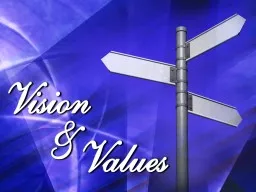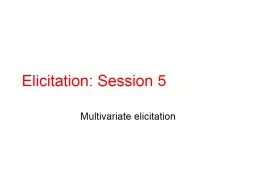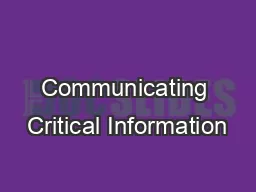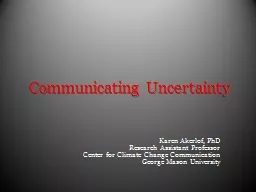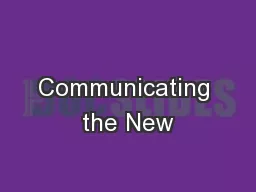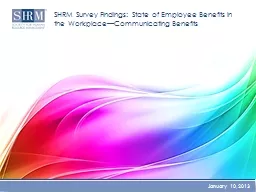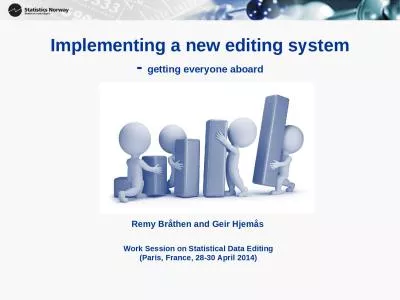PPT-Communicating and Implementing Vision
Author : lois-ondreau | Published Date : 2016-08-11
A leader could develop the perfect values statement for an organization It could meet or even excel all the requirements in the last chapter That leader could read
Presentation Embed Code
Download Presentation
Download Presentation The PPT/PDF document "Communicating and Implementing Vision" is the property of its rightful owner. Permission is granted to download and print the materials on this website for personal, non-commercial use only, and to display it on your personal computer provided you do not modify the materials and that you retain all copyright notices contained in the materials. By downloading content from our website, you accept the terms of this agreement.
Communicating and Implementing Vision: Transcript
Download Rules Of Document
"Communicating and Implementing Vision"The content belongs to its owner. You may download and print it for personal use, without modification, and keep all copyright notices. By downloading, you agree to these terms.
Related Documents

